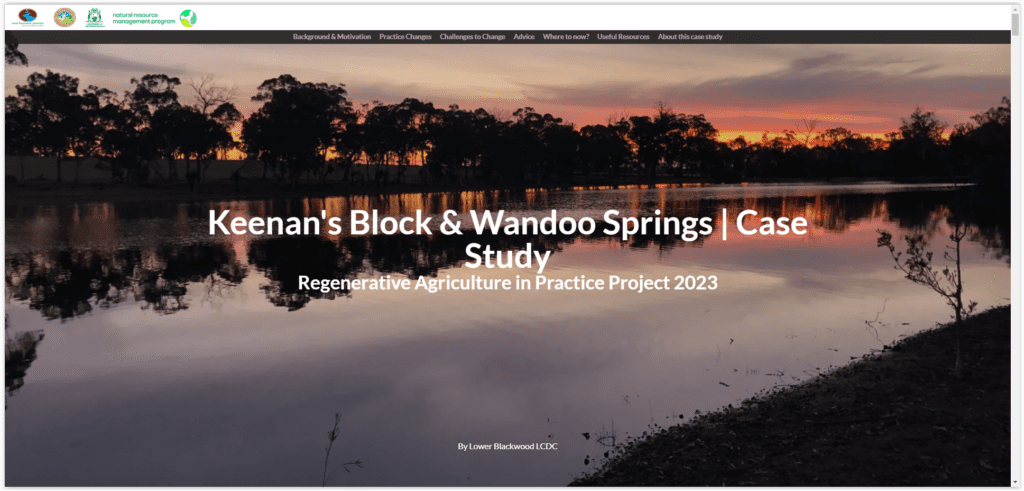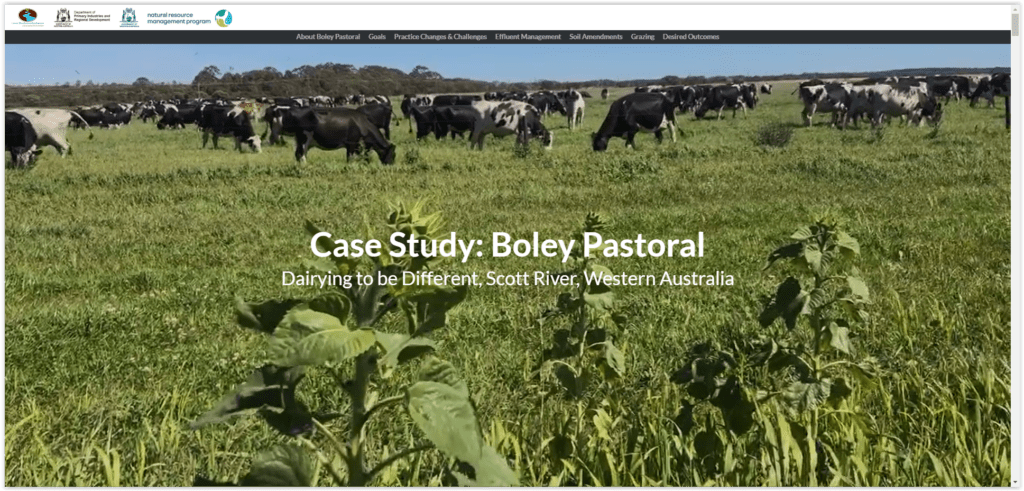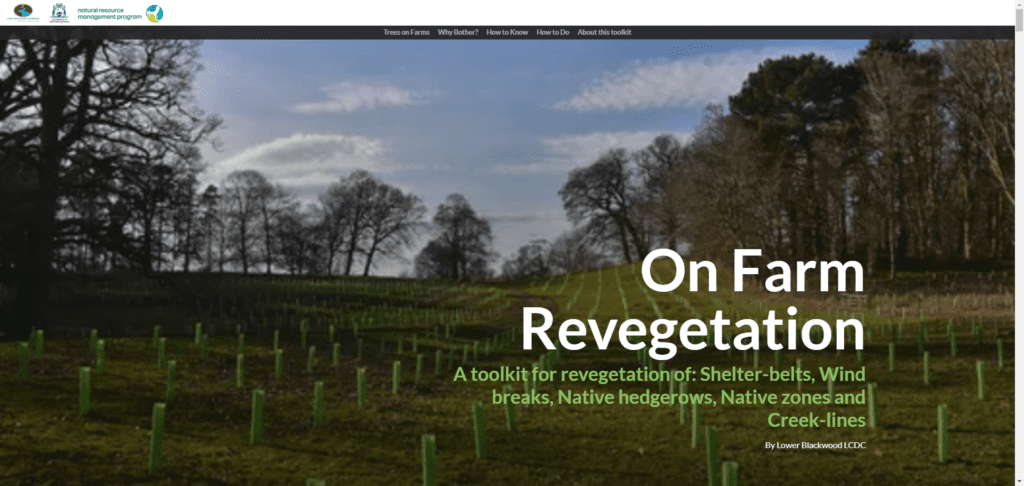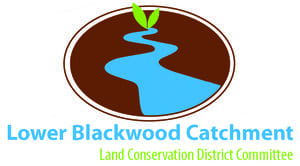
This project has now been completed. Digital project outputs can be viewed here:
About the Project:
This project saw an Implementation strategy for the 2020 Scott River Action Plan (SRAP) developed and subsequent on-ground action undertaken as a result.
This 3-year project commenced in 2021 and has 6 key focus areas:
- Implementation Strategy: Working with our stakeholders to identify the key tasks involved in the implementation of priority projects, the overall resources and requirements needed to support the implementation of each project.
- Whole Farm Plans: 5 x pilot whole farm plans focusing on improving water quality, increasing biodiversity and soil health while supporting productivity and the well-being of farming families. This component will be delivered via a 4-day interactive workshop. Delivered by David Hardwick from Soil, Land, Food.
- Landholder engagement program: A landholder engagement program focusing on drainage & nutrient management, soil health, cultural awareness and riparian works at the farm & sub-catchment scale. It will include workshops, and resource toolkits that will be housed on the Lower Blackwood LCDC’s online info hub.
- GIS Mapping: Continuing to update and develop the LCDC’s GIS mapping system as a holistic support tool.
- Revegetation projects: Revegetation projects will be implemented using the priority sub-catchment planning and whole farm plans. 5ha of on-farm revegetation to improve degraded waterways and wetlands and 5ha of on-farm revegetation to increase biodiversity on the farm will be planted.
- Case Studies: 4 x project case studies will be developed to tell the story of the journey and impact of on-ground changes to land management practices in the Scott Catchment.
Project Digital Outputs
Project Case Studies:



Connecting to Country: Cultural stories of the catchment.
These stories are narrated by Iszaac Webb, Wadandi/Pibulmun Cultural Custodian with artwork created by Nadine Dymock, Wadandi/Pibulmun Cultural Custodian.This stories remain the intellectual property of the Wadandi/Pibulmun people and cannot be reproduced without their express permission
Resource Toolkits:



Scott River Action plan
The Scott River Catchment is an important and productive agricultural area. Covering approximately 64,276ha, it stretches from Molloy Island to Jangardup Rd north-west of Lake Jasper and is divided between the Shire of Augusta Margaret River in the west and the Shire of Nannup in the east.
Approximately 43% of the total Catchment area is farmland which includes dairy, beef, sheep and bluegum plantations. The remaining area of this unique Catchment is comprised of reserves (53%) and unallocated crown land, rich in biodiversity.
Prepared in collaboration with the Scott River farming community, local industries, Traditional Owners and government agencies this condition assessment and Action Plan presents a framework to protect and enhance the health of waterways of the Scott River Catchment without impacting on current and future agricultural productivity.
As a river action plan, the Scott River Action Plan will provide:
- A record of foreshore condition along priority waterways;
- An indication of problem areas (e.g., weeds, bank erosion, sediment); and
- Management recommendations with regard to the above problem areas (including timeframes and implementation responsibility);
In addition, the Scott River Action Plan provides practical recommendations regarding:
- Ways to reduce nutrient export by improving design;
- Ways to increase local producers’ uptake of best practice fertiliser and effluent management strategies, with a long-term goal of improving soil health, minimising nutrient runoff and decreasing producers’ costs.
The plan was completed and launched on December 1st 2020 at the Hardy Inlet Estuary Update
For more information on this project contact the Project Manager, Jo Wren, E: [email protected], M: 0408 584 006

The development of the Scott River Action Plan was supported by funding from the Department of Water and Environmental Regulation through the Regional Estuaries Initiative, a State Government program dedicated to improving the health of six key WA estuaries.
